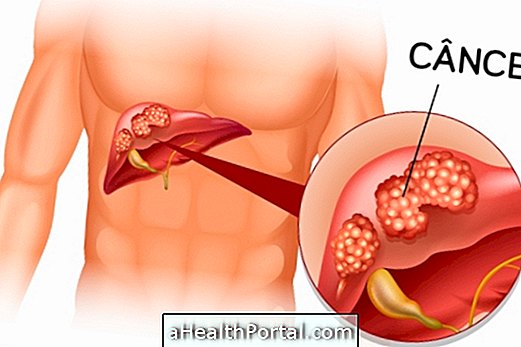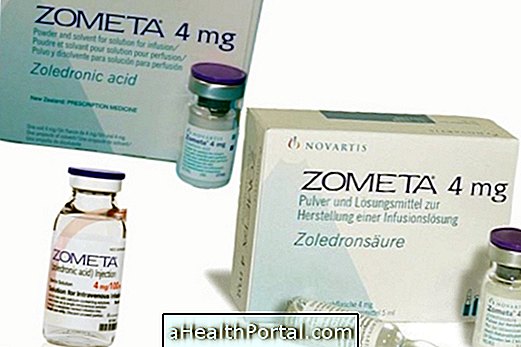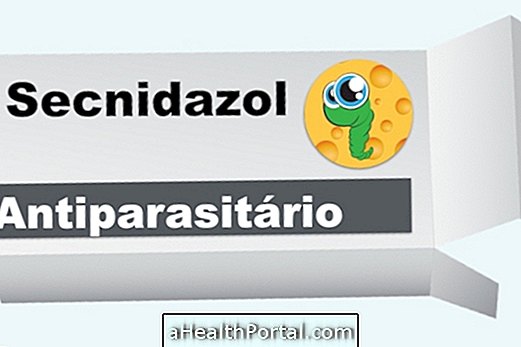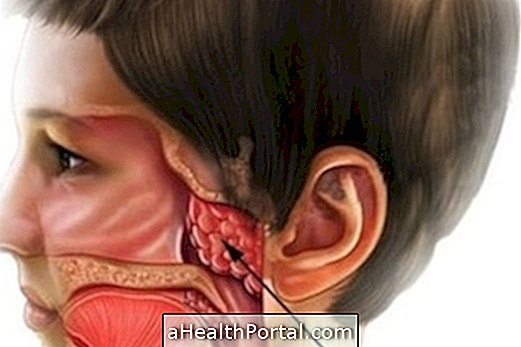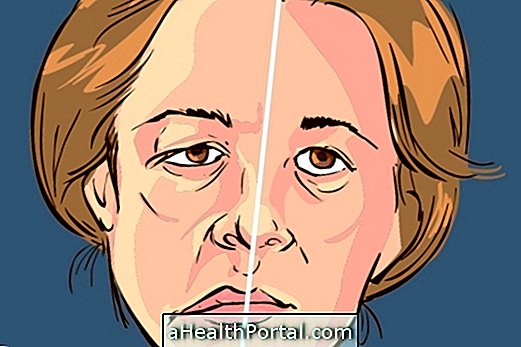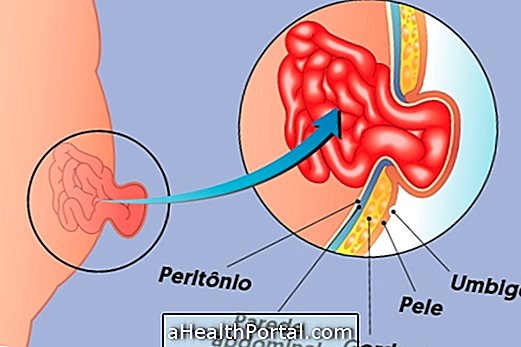Duchenne muscular dystrophy is a genetic disease that affects only men and is characterized by the lack of a protein in the muscles, causing a progressive weakening of the whole body musculature.
This disease has no cure, and its treatment is through medications and physiotherapy with the aim of slowing the evolution of the disease and the appearance of complications.
Symptoms of Dystrophy
The main symptoms of Duchenne muscular dystrophy are:
- Delay to start walking;
- Muscle weakness, initially in the legs;
- Frequent falls;
- Difficulty lifting.
These symptoms usually begin in the first 3 years of life, becoming more evident around age 5, when the child shows clear difficulty walking, running and jumping. Usually the inability to walk occurs between the ages of 8 and 12 years, when the child happens to depend on the wheelchair to get around.

Complications of Duchenne muscular dystrophy
The main complications caused by Duchenne muscular dystrophy are:
- Severe scoliosis;
- Difficulty breathing;
- Pneumonia;
- Cardiac insufficiency;
- Obesity or malnutrition.
In addition, patients with this dystrophy may have moderate mental retardation, but this characteristic is not linked to the duration or severity of the disease.
Diagnosis of Duchenne muscular dystrophy
The diagnosis of Duchenne muscular dystrophy is done through clinical examination, blood tests and muscle biopsy, to identify the lack of the protein dystrophin essential for maintaining the health of muscle cells.
Treatment of Duchenne muscular dystrophy
Duchenne muscular dystrophy is that it has no cure, and its treatment is done with the aim of delaying and preventing the complications of the disease.
medicines
Treatment of Duchenne muscular dystrophy is done with the use of corticoid drugs such as prednisone, prednisolone and deflazacort. These medications should be used for a lifetime, and have a role in regulating the immune system, acting as an anti-inflammatory, and slowing down the loss of muscle function.
However, prolonged use of corticosteroids usually causes side effects such as increased appetite, weight gain, obesity, fluid retention, osteoporosis, short stature, hypertension, and diabetes.
Physiotherapy
The types of physiotherapy commonly used to treat Duchenne muscular dystrophy are motor and respiratory kinesiotherapy and hydrotherapy, which aim to delay inability to walk, maintain muscle strength, relieve pain and prevent respiratory complications and bone fractures.
Life expectancy in Duchenne muscular dystrophy
The life expectancy for Duchenne muscular dystrophy is 16 to 19 years, with rare cases that exceed 25 years of life, the main cause of death being cardiac and respiratory complications. Normally, the sooner the child becomes dependent on the wheelchair, the worse the expected quality of life.
